Chinese Cuisine: A Culinary Journey Through China
Welcome to the Amazing World of Chinese Cuisine!
Hi there! As a blogger who has traveled across China and tasted countless dishes, I’m excited to help you discover the incredible diversity and deliciousness of Chinese food.
I’ve learned that Chinese cuisine is so much more than just sustenance—it’s an art form that brings together flavors, textures, colors, and aromas in perfect harmony.
Whether you’re eating at a tiny street stall or an upscale restaurant, every meal tells a story.
Chinese cuisine has very distinct regional characteristics, with different areas having their own unique culinary traditions. In China, there are the famous “Eight Great Cuisines”—regional cooking styles that represent the most celebrated local specialties.
Many classic dishes from these traditions frequently appear on ordinary Chinese dinner tables.
Let’s explore them together.
The Eight Great Cuisines of China
1、Cantonese Cuisine (Guangdong Cuisine)
This was my first love in Chinese cuisine! The flavors are light and fresh, making it perfect for beginners to Chinese food.
My personal favorites:
- White Cut Chicken (báiqiējī)– So simple yet incredibly tender
- Sweet and Sour Pork (gūlūròu)– Nothing like the overseas versions you might know!
- Dim Sum (diǎnxīn)– My weekend brunch ritual whenever I’m in Guangzhou
Pro tip: Try dim sum during morning tea (zǎochá) for the most authentic experience
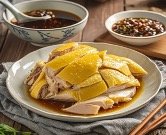
White Cut Chicken
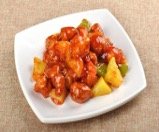
Sweet and Sour Pork
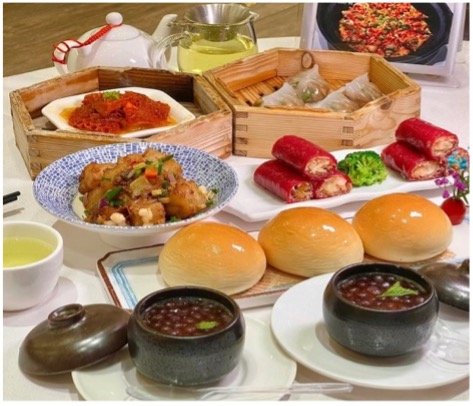
Dim Sum
2、Sichuan Cuisine (Chuan Cuisine)
Get ready for an explosion of flavors! This is where I discovered that spicy food can be addictively delicious.
My must-try recommendations:
- Mapo Tofu (mápó dòufu)– The first time I tried this, my mouth was tingling with that signature numbing sensation!
- Kung Pao Chicken (gōngbǎo jīdīng)– The perfect balance of spicy, sweet, and savory
- Hot Pot (huǒguō)– My favorite social dining experience in China
Insider tip: Tell them “wēilà” (mildly spicy) if you want it toned down—trust me on this one!
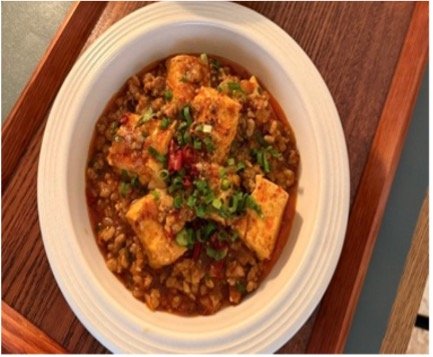
Mapo Tofu

Kung Pao Chicken
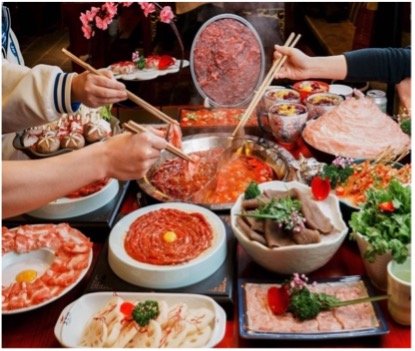
Hot Pot
3、Shandong Cuisine (Lu Cuisine)
This cuisine taught me the art of soup-making and braising techniques.
Dishes I can’t resist:
- Sweet and Sour Carp (tángcù lǐyú)– The fish-cooking technique here is absolutely incredible
- Braised Sea Cucumber (shāo hǎishēn)– Don’t let the name intimidate you; it’s considered a delicacy!
Braised Intestines (jiǔzhuǎn dàcháng) – For the truly adventurous foodie
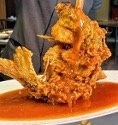
Sweet and Sour Carp
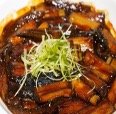
Braised Sea Cucumber
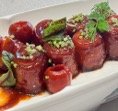
Braised Intestines
4、Jiangsu Cuisine (Su Cuisine)
This is where Chinese food meets artistry—every dish looks like a painting!
My favorites:
- Lion’s Head Meatballs (shīzitóu)– The most tender, flavorful meatballs you’ll ever try
- Crystal Meat (shuǐjīng ròu)– Looks absolutely beautiful and tastes even better
- Sweet and Sour Mandarin Fish (sōngshǔ guìyú)– A true feast for both the eyes and palate
Special tip: Have your camera ready—these dishes are incredibly photogenic!
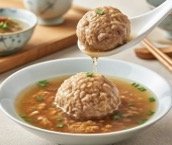
Lion’s Head Meatballs
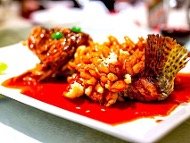
Sweet and Sour Mandarin Fish
5、Zhejiang Cuisine (Zhe Cuisine)
Light, fresh, and elegant—this cuisine completely changed my understanding of how to prepare seafood.
Must-try dishes:
- West Lake Fish in Vinegar Sauce (Xīhú cùyú)– My absolute favorite fish preparation
- Longjing Shrimp (lóngjǐng xiārén)– Fresh shrimp cooked with fragrant tea leaves!
- Dongpo Pork (dōngpō ròu)– Literally melt-in-your-mouth perfection
Local secret: Try these dishes in Hangzhou for the most authentic experience
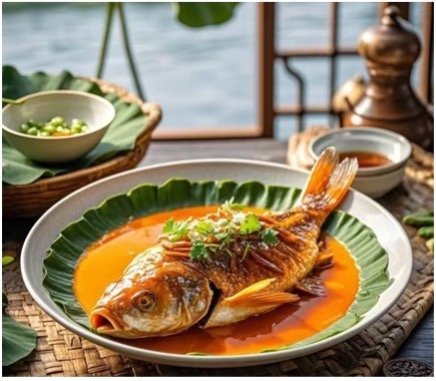
West Lake Fish in Vinegar Sauce
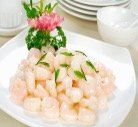
Longjing Shrimp
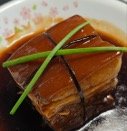
Dongpo Pork
6、Fujian Cuisine (Min Cuisine)
The masters of soup! This cuisine taught me that soup can absolutely be the star of a meal.
My top picks:
- Buddha Jumps Over the Wall (fótiàoqiáng)– Legend says it’s so aromatic that even Buddha couldn’t resist jumping over the wall to try it!
- Red Wine Chicken (hóngjiǔ jī)– Not what you might expect—it’s made with traditional red rice wine
- Fish Ball Soup (yúwán tāng)– The most delicate, tender fish balls I’ve ever tasted
Pro tip: Always start with a soup here—it’s their specialty and pride
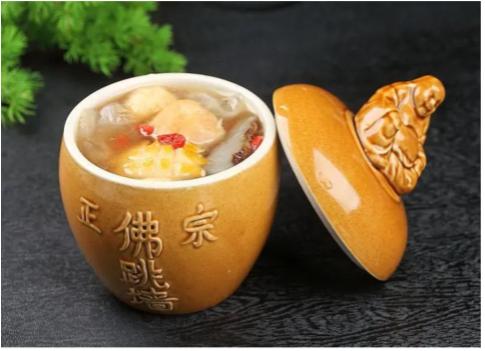
Buddha Jumps Over the Wall
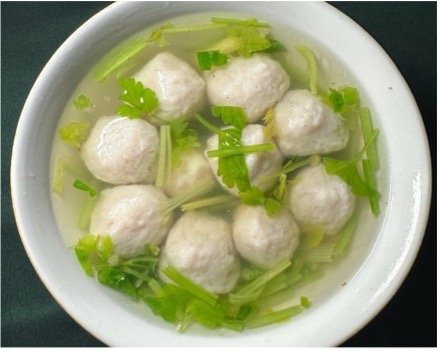
Fish Ball Soup
7、Hunan Cuisine (Xiang Cuisine)
Different from Sichuan’s numbing spiciness—Hunan cuisine is all about fresh, clean heat that builds gradually.
Dishes I absolutely love:
- Spicy Fish Head (duòjiāo yútóu)– Don’t be intimidated by the presentation; it’s absolutely amazing!
- Mao’s Family Style Pork (máoshì hóngshāoròu)– Both historically significant and delicious
- Smoked Bacon (làròu)– Unlike any bacon you’ve tried before
Personal tip: Have plenty of steamed rice ready—you’ll definitely need it!
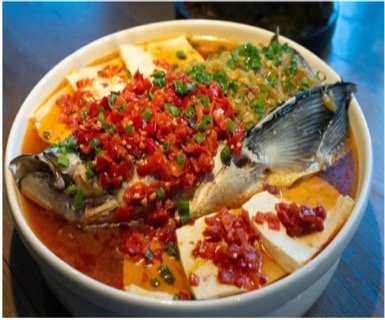
West Lake Fish in Vinegar Sauce
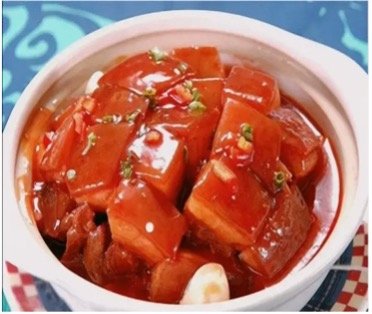
West Lake Fish in Vinegar Sauce
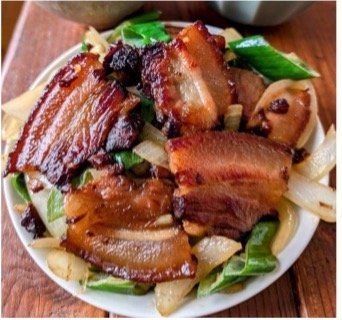
West Lake Fish in Vinegar Sauce
8、Anhui Cuisine (Hui Cuisine)
The taste of the mountains—simple, local ingredients transformed into incredible flavors.
My recommendations:
- Stinky Mandarin Fish (chòu guìyú)– A fish that smells pungent but tastes absolutely delicious, featuring tender, smooth, and refreshing meat with rich umami flavors
- Huangshan Hairy Tofu (Huángshān máo dòufu)– Fermented tofu that develops a white, fuzzy coating, then gets pan-fried, grilled, or deep-fried to create a dish with a truly distinctive flavor profile
- Feixi Free-Range Chicken Soup (Féixī lǎo mǔjī tāng)– A nourishing soup made by slow-simmering free-range chicken over low heat, prepared without any preservatives—simple but absolutely delicious
Local tip: Don’t miss their wild mountain herbs—they’re foraged fresh from the local mountains
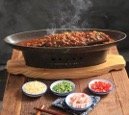
Stinky Mandarin Fish
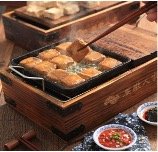
Huangshan Hairy Tofu
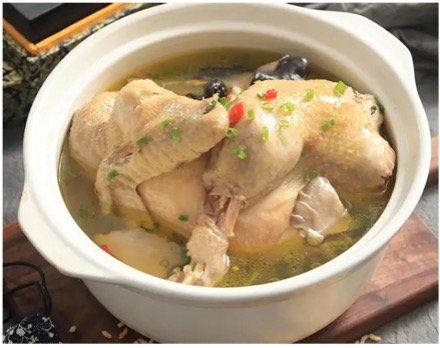
West Lake Fish in Vinegar Sauce
These represent the “Eight Great Cuisines of China,” but of course, there are many other delicious regional cuisines to discover throughout the country!
I’ve provided detailed descriptions and recommendations for each city in my comprehensive travel guide, which you can find in the “Destinations” section if you’re interested in exploring further.
Essential Things to Know About Chinese Dining Culture
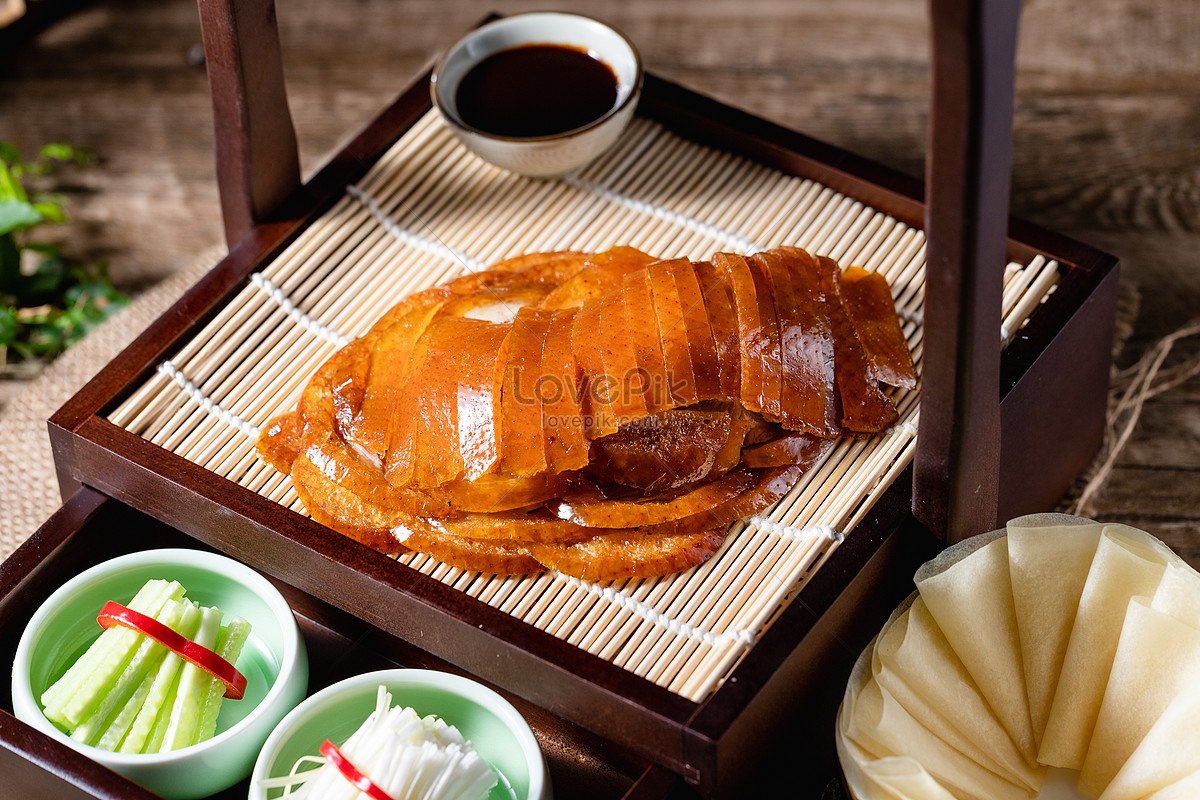
Peking Duck
Here’s what you need to know to fully enjoy Chinese food culture:
Shared Dining Experience
Dining out in China is typically a communal experience. Families and friends gather around a table with dishes placed in the center for everyone to share. It’s common—and considered thoughtful—for people to serve choice morsels to others, especially elders, children, or close friends. This gesture shows care and hospitality.
So don’t be surprised if someone places food in your bowl! It’s not because they don’t want it themselves; it’s because they want to share something delicious with you and show respect and hospitality. Simply say “thank you” and enjoy the gesture!
Utensils and Table Manners
Chopsticks are essential for Chinese dining (check out our Chopsticks Guide for tips), and ceramic spoons are also commonly used. Forks and knives are typically only found in Western restaurants and are rarely seen in traditional Chinese homes.
Another important tradition at Chinese tables is toasting. When you’re making a toast or someone is toasting you, it’s proper etiquette to hold your glass slightly lower than theirs, especially when dining with older people or those in positions of authority. This gesture shows respect.
Dietary Restrictions and Preferences
Vegetarian Options You might be surprised by how vegetarian-friendly Chinese cuisine can be! Many Buddhist temples serve incredible vegetarian meals. Here are essential phrases for vegetarian travelers:
- “I’m vegetarian” (我吃素 wǒ chī sù)
- “No meat please” (不要肉 bùyào ròu)
- “No fish sauce” (不要鱼露 bùyào yúlù)
Halal Food Look for restaurants displaying “清真” (qīngzhēn) signs, which indicate halal certification. I’ve discovered wonderful halal restaurants in every major city, with particularly excellent options in Xi’an and Beijing.


Practical Dining Tips
Payment and Etiquette:
- Tipping isn’t customary in China, except at some upscale Western restaurants, but showing gratitude is always appreciated
- Some small restaurants and street food stalls may not accept credit cards, so carry some cash or use mobile payment apps like WeChat Pay or Alipay
Essential Table Etiquette:
- Never stick your chopsticks vertically in rice (this resembles incense at funeral rituals and is considered very unlucky)
- Use serving chopsticks (公筷 gōngkuài) when they’re provided for shared dishes
- When toasting, show respect by holding your glass slightly lower than others’, especially with elders
- Follow the crowds—busy restaurants are usually excellent restaurants
- Enjoy the complimentary hot tea—it’s served not just for taste but also for cleansing the palate
Health and Safety:
- Carry an allergy card if needed—I can help you create one in Chinese!
- For street food, trust your nose and follow where locals are eating
- Fresh fruit should be peeled or thoroughly washed
- Bring hand sanitizer and tissues—not all establishments provide napkins
Useful Chinese Phrases for Dining
Essential phrases I use every day:
- “Not too spicy please” – 不要太辣 (bùyào tài là)
- “I’m allergic to…” – 我对…过敏 (wǒ duì… guòmǐn)
- “This is delicious!” – 真好吃 (zhēn hǎochī)
- “Check please” – 买单 (mǎidān)
- “Thank you” – 谢谢 (xièxie)
- “Water please” – 请帮我倒点水 (qǐng bāng wǒ dào diǎn shuǐ)
- “I’m full!” – 吃饱了 (chī bǎo le)
Unique Ingredients Worth Trying
Let me introduce you to some ingredients that might be new to you but are absolutely worth experiencing:
- Century Egg (pídàn)– Don’t let the dramatic appearance fool you; it’s a delicacy I’ve grown to truly love
- Sea Cucumber (hǎishēn)– Prized for its unique texture and subtle flavor
- Wood Ear Mushroom (mù’ěr)– Wonderfully crunchy and incredibly healthy
- Chinese Dates (zǎo)– Nature’s candy, as I like to call them
- Chinese Yam (shānyao)– Mild in flavor and packed with nutrients
- Lotus Root (lián’ǒu)– Creates beautiful patterns when sliced and has a delightful crunch
- Bitter Melon (kǔguā)– An acquired taste that’s absolutely worth acquiring
Final Thoughts
I hope this guide helps you discover and fully appreciate the incredible world of Chinese cuisine! Remember, every region has its own specialties, and the best way to experience them is with an open mind and an empty stomach.
Don’t be afraid to try new things—some of my absolute favorite dishes now are ones I was initially hesitant to try! The beauty of Chinese cuisine lies in its diversity, complexity, and the stories behind each dish.
祝您用餐愉快! (Zhù nín yòngcān yúkuài! – Enjoy your meal!)

